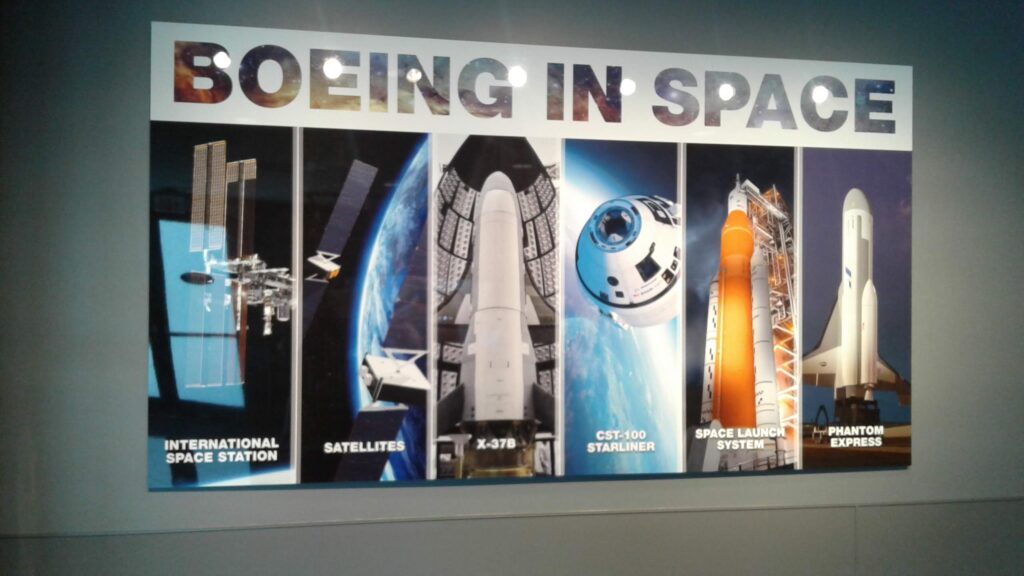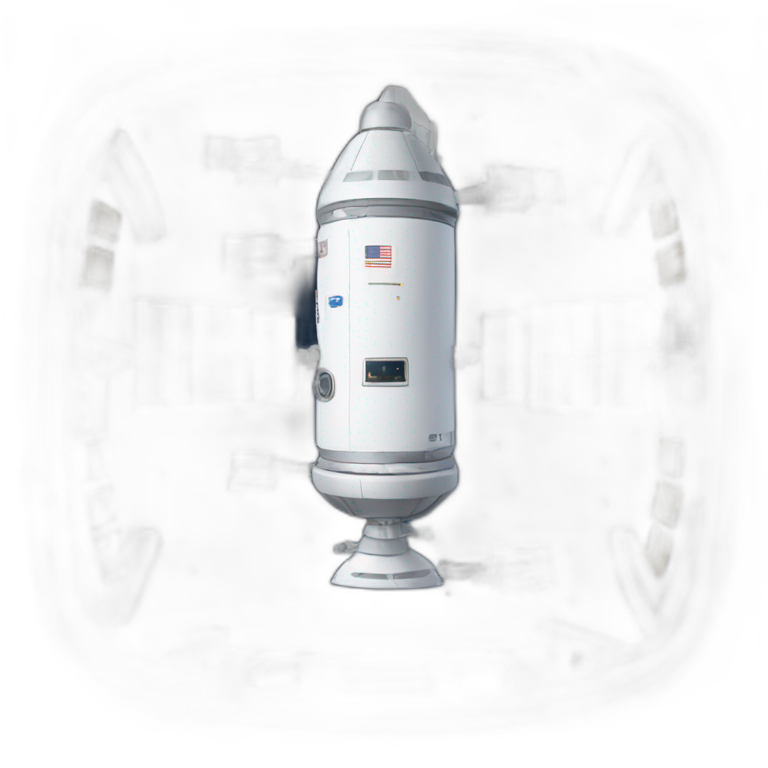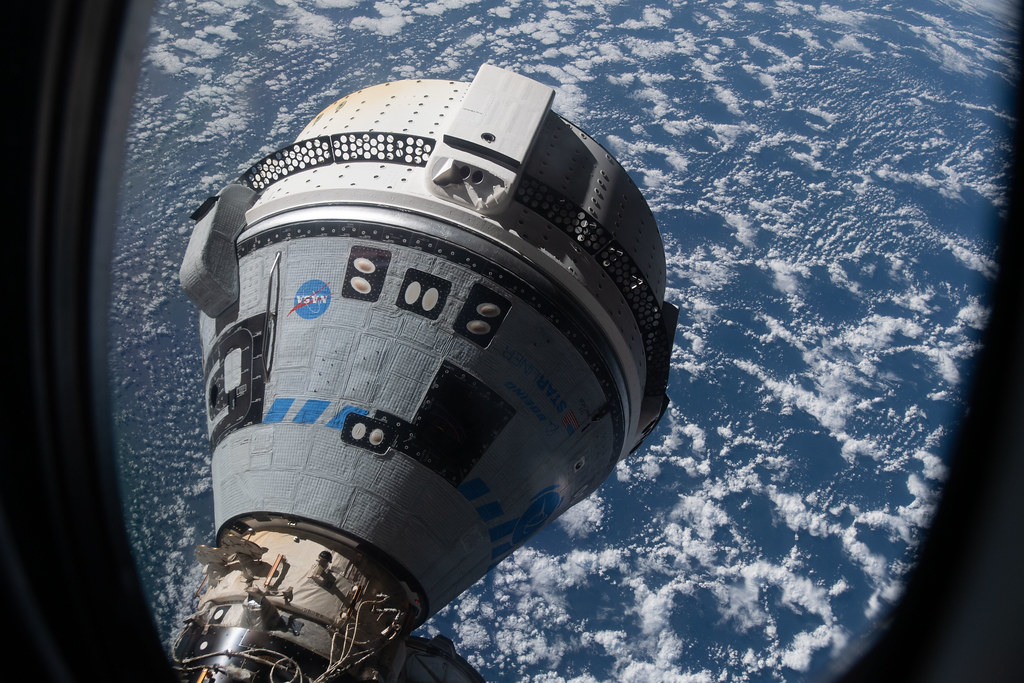Fast Exit for Starliner
NASA is playing it safe as it prepares to bring Boeing’s troubled Starliner capsule back to Earth. After a series of technical issues, including helium leaks, the decision was made to return the spacecraft without astronauts Butch Wilmore and Suni Williams, who will now fly home on a SpaceX Dragon as part of Crew-9 in February.
The Starliner will attempt an autonomous undocking later this week, possibly on Friday evening, as NASA moves quickly to avoid potential issues with the spacecraft’s propulsion system. 🛠️💨
Breakout Burn: A Quick Escape Plan
To ensure a smooth exit, NASA will perform a series of 12 breakout burns, each small but enough to push the Starliner safely away from the International Space Station (ISS). According to Anthony Vareha, lead flight director at NASA’s Johnson Space Center, this plan is the safest way to distance the malfunctioning Starliner without putting undue stress on its thrusters. 🚀💥
“The reason we chose doing this breakout burn is simply it gets the vehicle away from Station faster,” Vareha said, emphasizing the importance of avoiding a worst-case scenario where the capsule could spiral out of control or even crash into the ISS.

Why So Cautious?
During recent tests at NASA’s White Sands Test Facility, engineers discovered a problem with one of Starliner’s valves — a Teflon seal had expanded due to heat, limiting the performance of the thrusters. With the propulsion system compromised, NASA’s team is treading lightly, aiming to avoid overheating the thrusters and triggering further issues. 🔧🧪
While Boeing’s Starliner has yet to complete a crewed mission successfully, NASA remains optimistic about its future. Despite the current problems, Steve Stich, NASA’s commercial crew program manager, said the team has learned from the spacecraft’s challenges and is committed to ensuring Starliner can one day safely return astronauts to space. 💪🌌

NASA Learns From Past Failures
As NASA continues to work on Starliner’s troubled mission, it’s clear the space agency is determined to avoid repeating past mistakes. During a recent announcement, NASA’s chief of safety and mission assurance, Russ DeLoach, referenced the agency’s devastating Challenger (1986) and Columbia (2003) disasters, stressing the importance of learning from failure to prevent future tragedies. 🛰️😔

What’s Next for Starliner?
Although Starliner’s crewed mission plans are currently on hold, NASA is already looking ahead. They hope to use data from this return flight to address qualification gaps and get the spacecraft fully certified for future missions. If this recovery mission is successful, Boeing may yet have another shot at proving the Starliner’s viability for space travel.
NASA’s path forward remains cautious, but the agency is committed to seeing Starliner fully operational — with plans to keep pushing the boundaries of space exploration. 🌠🚀
Stay tuned for updates on Starliner’s return! Will NASA’s cautious approach bring the spacecraft back safely? Drop your thoughts below! 💬
